December 11th
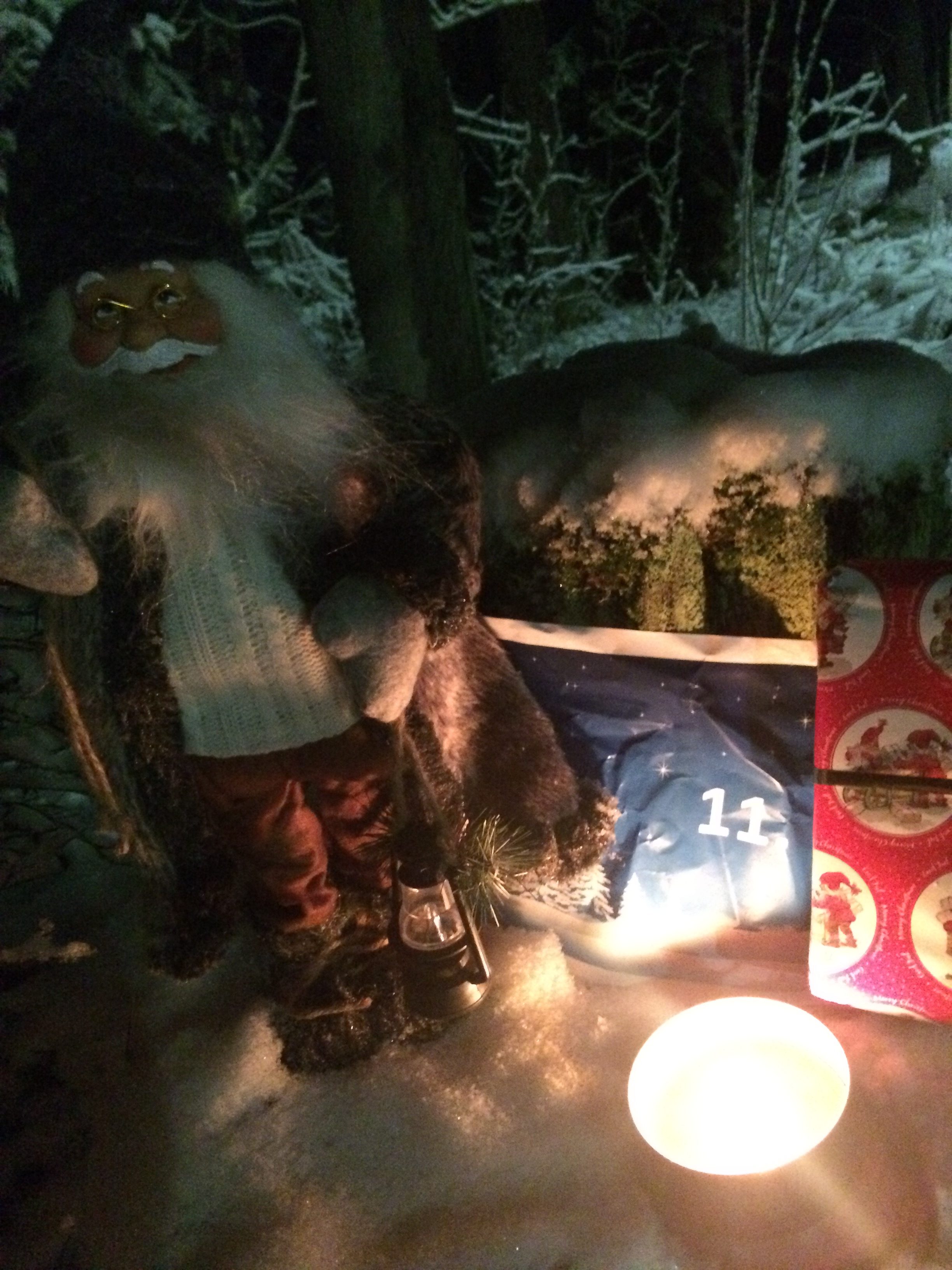 Today it has time for avalanches. If we look back in the history, the deadliest avalanche may happen more than 2000 year ago. When Hannibal tried to march the Carthaginian army across the alps from Spain to Rome. Then they were caught by an avalanche and about 20 000men was killed. Hannibal survived the ordeal, but his mission had been thwarted. This topic can never be discussed too much. In the beginning I just want to lift a warning, knowing much about avalanches or have good equipment could never ever replace the practical skills of how to act in such environment.
Today it has time for avalanches. If we look back in the history, the deadliest avalanche may happen more than 2000 year ago. When Hannibal tried to march the Carthaginian army across the alps from Spain to Rome. Then they were caught by an avalanche and about 20 000men was killed. Hannibal survived the ordeal, but his mission had been thwarted. This topic can never be discussed too much. In the beginning I just want to lift a warning, knowing much about avalanches or have good equipment could never ever replace the practical skills of how to act in such environment. 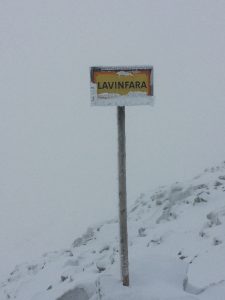 First, after bad weather condition whatever it has been snowing or storming, experts recommend waiting for 48 hours- but local variable can extend that time. Always check the avalanche forecast. Plan your route, avoid slopes between 30-45 degrees. For this you can use a compass with clinometer, a clinometer on your pole or your iPhone. Plan the rout on the windward side if possible, the snow here usually thinner and less likely to slide. Stay well away from cornices. Read the environment: Avoid barren gullies and slopes with sparse stands of young timber. Trees with broken branches on their uphill sides are also signs that avalanches routinely sweep vegetation from the hill. Travel below or on heavily forested slopes, where mature trees help anchor the snow.
First, after bad weather condition whatever it has been snowing or storming, experts recommend waiting for 48 hours- but local variable can extend that time. Always check the avalanche forecast. Plan your route, avoid slopes between 30-45 degrees. For this you can use a compass with clinometer, a clinometer on your pole or your iPhone. Plan the rout on the windward side if possible, the snow here usually thinner and less likely to slide. Stay well away from cornices. Read the environment: Avoid barren gullies and slopes with sparse stands of young timber. Trees with broken branches on their uphill sides are also signs that avalanches routinely sweep vegetation from the hill. Travel below or on heavily forested slopes, where mature trees help anchor the snow.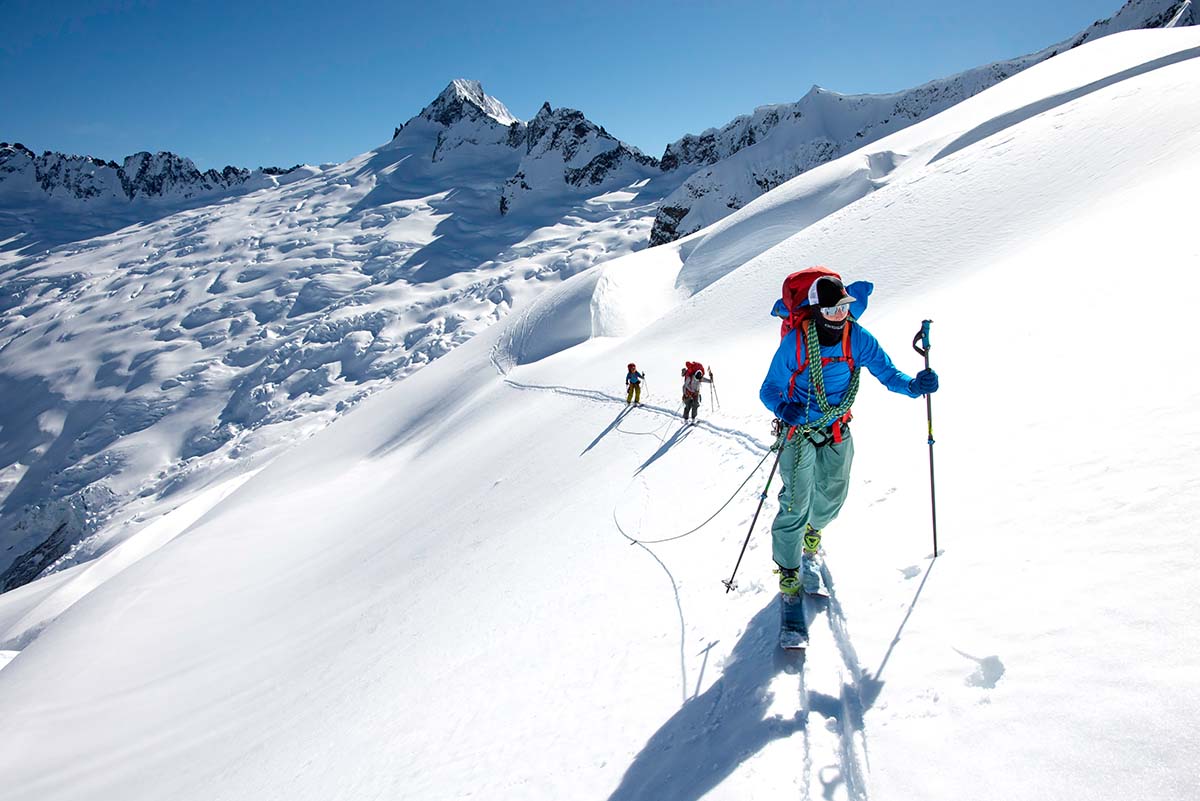 If you must traverse a steep slope, choose the highest route possible. People caught near the crown of an avalanche are more likely to survive, since they tend to stay near the surface of the debris. Travel one by one so a slide doesn’t wipe out your entire group and move carefully but rapidly to minimize exposure (keep distance between you). One of the most important things to do is to talk to the locals about how the current conditions are.
If you must traverse a steep slope, choose the highest route possible. People caught near the crown of an avalanche are more likely to survive, since they tend to stay near the surface of the debris. Travel one by one so a slide doesn’t wipe out your entire group and move carefully but rapidly to minimize exposure (keep distance between you). One of the most important things to do is to talk to the locals about how the current conditions are.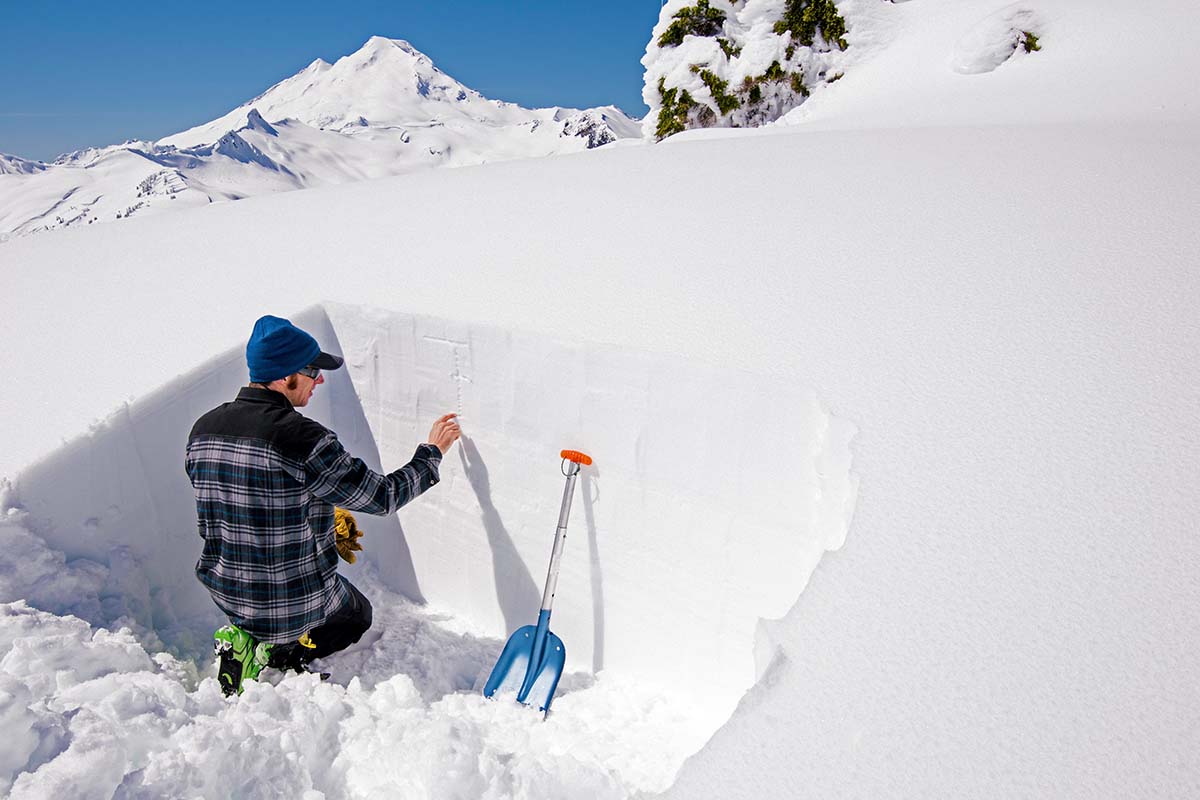 And do a snow block test, to see the different layers in the snow.
And do a snow block test, to see the different layers in the snow.
Ok, so now we now how to plan the route. What do we need for equipment? If you are going out for skiing in step areas don’t leave without: Clinometer, shovel, probe, avalanche transceiver and an ABS back pack. But as I mention before this does not make you safe but increase your ability to survive.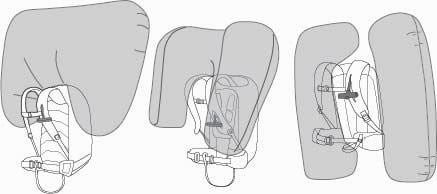
But even if you have done all preparation, got all the right gear and have done the safest route planning but got stuck in an avalanche, what to do? Now we got two scenarios; one you get caught. The second someone else got caught. So, let’s start with the second. First, secure that yourself are on safety ground. Now the others life is hanging on you, so don’t get caught of another avalanches. Take a deep breath collect the thoughts. Get a view over the area. Call the mountain rescue, explain the situation and location. Now you are working against the time. If a victim will be rescued within 18 minutes, the survival rate is greater than 91% between 19-35 minutes it drops to 34%. Ok, so what that means? You really should have very good skills with the avalanche transceiver. Now it is time to coordinate the rescue. Where was the victim last seen? Start the transceiver search (I will not go into details about this.) When you got the spot, its time for the probing. 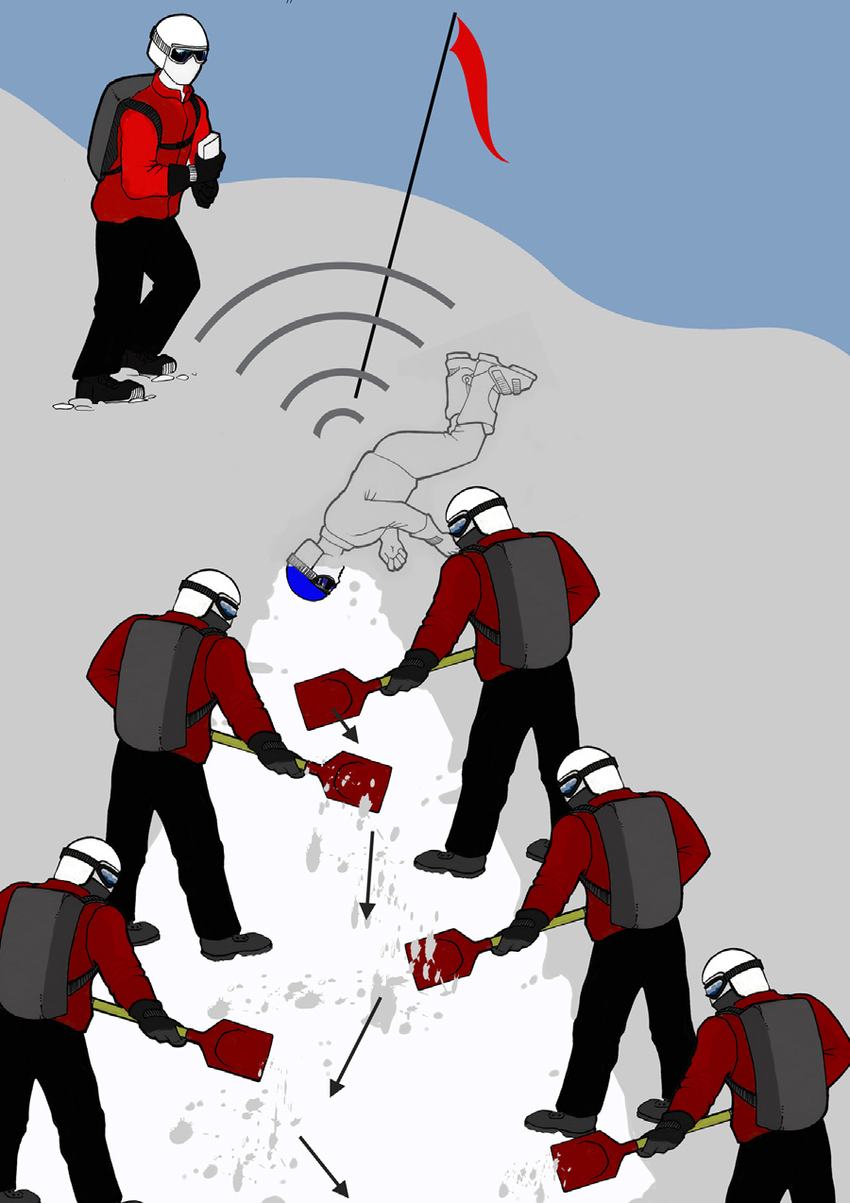 And the next step will be to dig. This is a really hard work; the snow is hard as concrete. So, you have to organize it well, because you will be tired.
And the next step will be to dig. This is a really hard work; the snow is hard as concrete. So, you have to organize it well, because you will be tired.
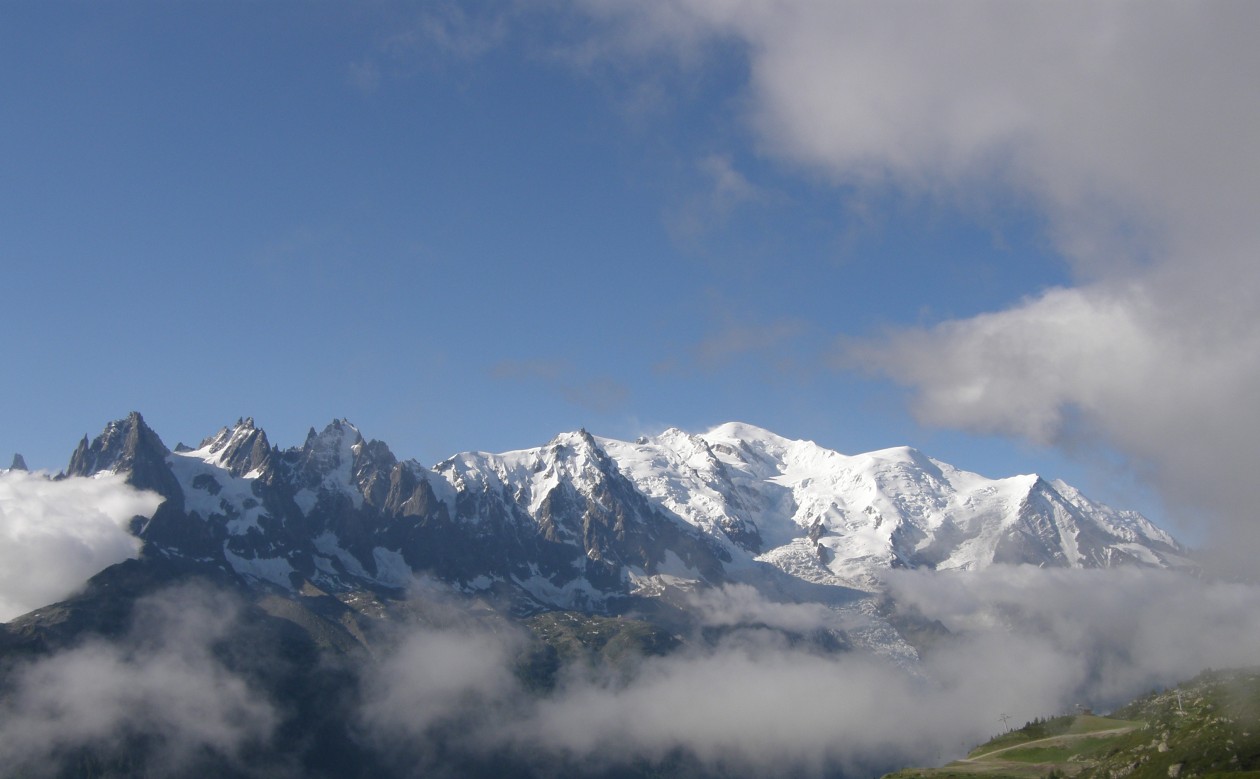
Terrifying topic Bergman. Good that you adress this issue. Being cought by avalanche is like being tied to the front of a train. You get worked and the risk for dying is big.